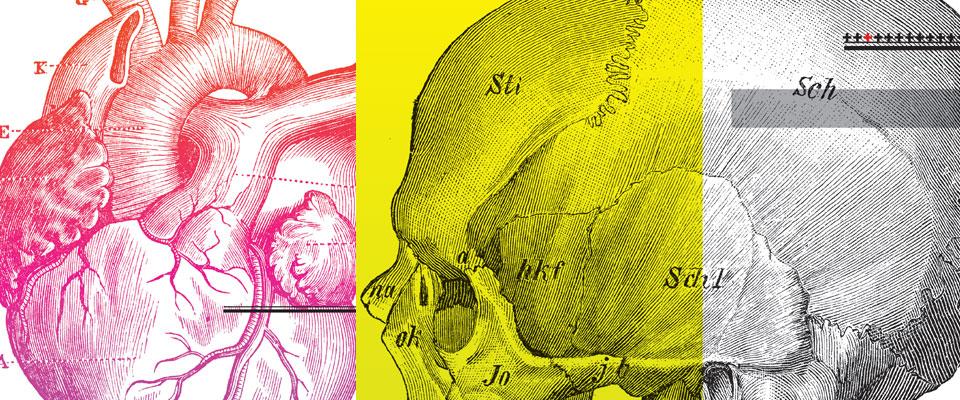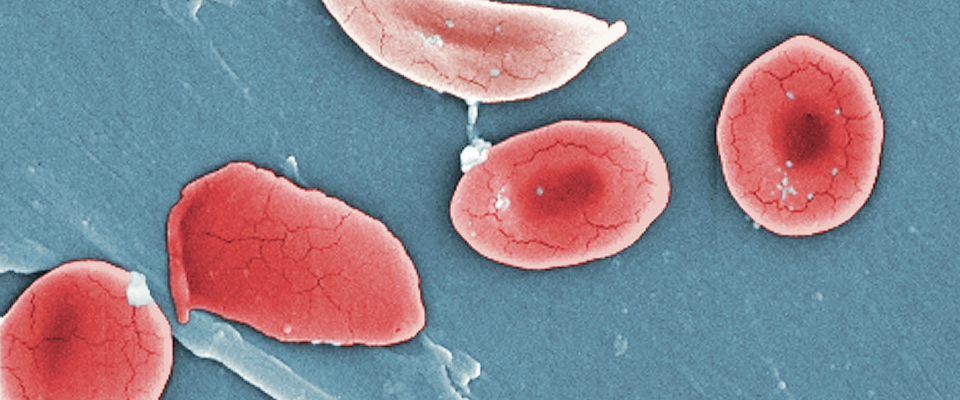Robert Ritchie starts with a basic question: "What does aging do to the structure of bone?" We know that the amount of bone diminishes with age, what he calls the quantity issue. But aging also degrades the inherent properties of bone, making it less tough and less resistant to fracture—a quality issue. A materials science and engineering professor, Ritchie wanted to find out what the quality, or structural, changes are that lead to bone degradation.
The answer is important. One in two women and one in four men over the age of 50 will suffer a fracture caused by osteoporosis, the leading bone degenerative disease. And falls are the leading cause of fatal injuries to older people in the U.S. "When I was working with ceramics and metals, maybe 300 people in the world were interested. But with bone, the whole world is interested," Ritchie says.
Ironically, Ritchie thinks that older bones may work too hard to repair themselves. This zealousness may diminish the bone’s toughness—and lead to injury. He has focused on the "bridges" between micro-cracks in bone. When a crack expands, it forms smaller microcracks ahead of the main crack tip, what he calls the "mother" and "daughter" cracks. The bits of material in between these micro-cracks act as "bridges" across the main crack—they are points of strength in bone that help keep the main crack from growing. But Ritchie and his team of researchers have shown that the size and quantity of the bridges diminish with age. That’s because micro-cracks are formed at the boundaries of osteons, which are channels in bone filled with nerves and blood vessels. He theorizes that as bone ages, it tends to become overambitious in trying to repair damage. Such excessive remodeling results in a higher density of osteons, which in turn leads to more closely spaced microcracks, smaller bridges, and hence reduced toughness.
"I think the key is to understand the interaction of cracks with the evolving structure of bone," Ritchie says. "If one can understand that, one could perhaps develop drugs that could help offset the age-related changes."




















